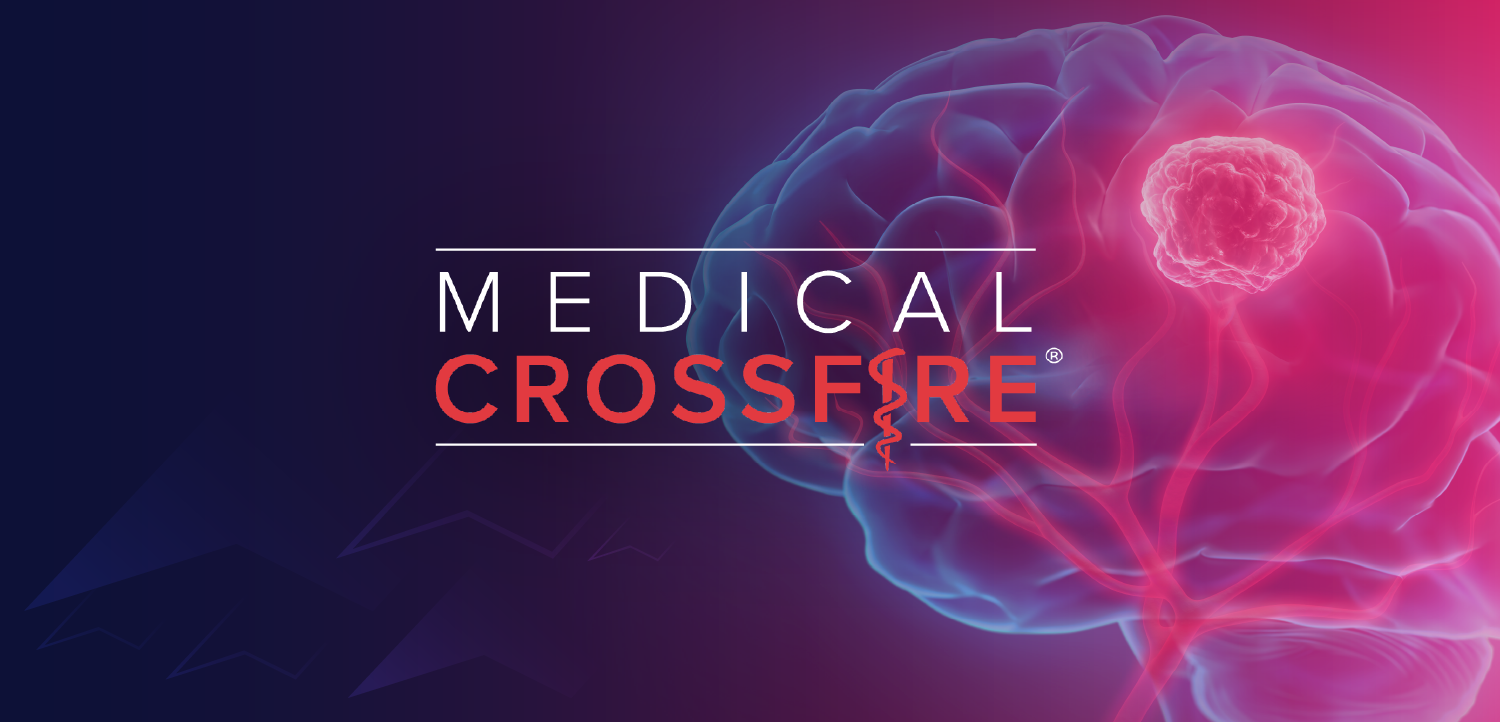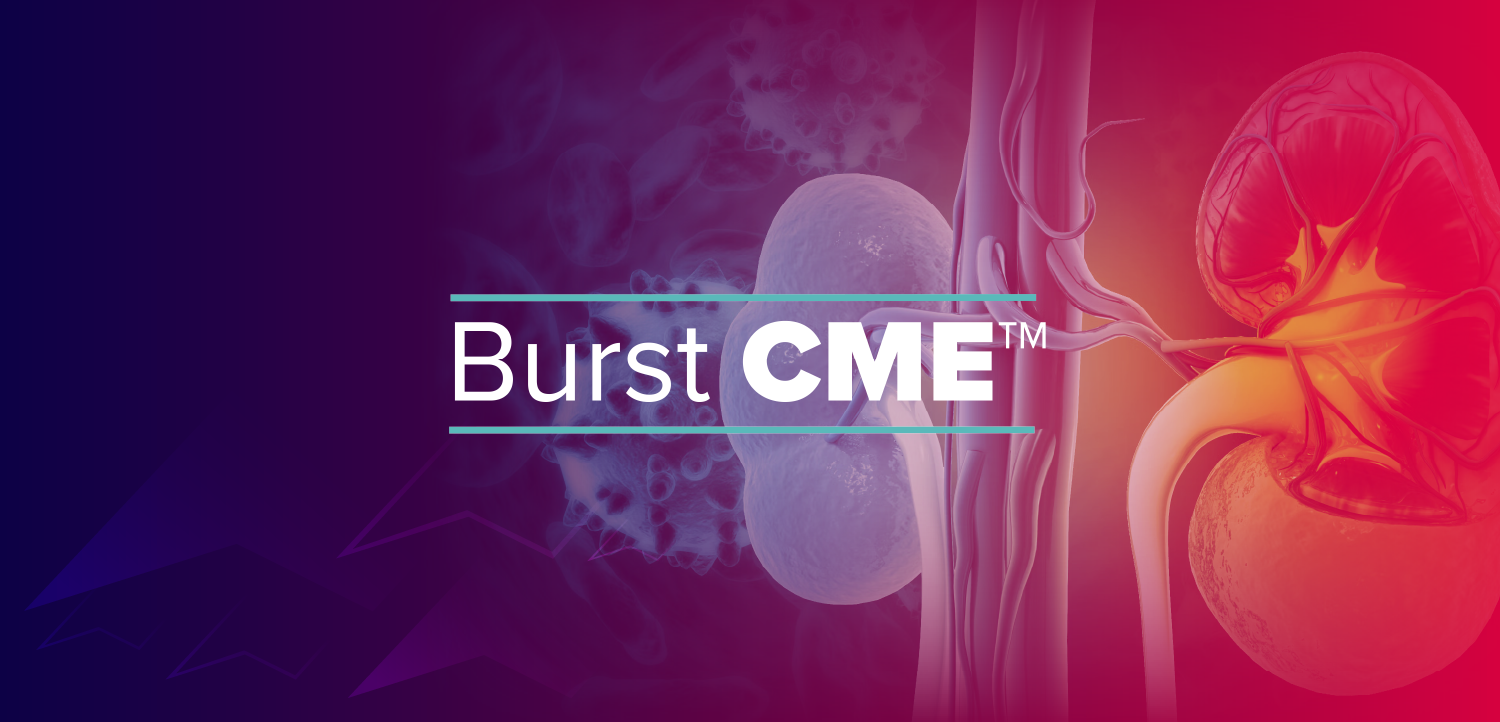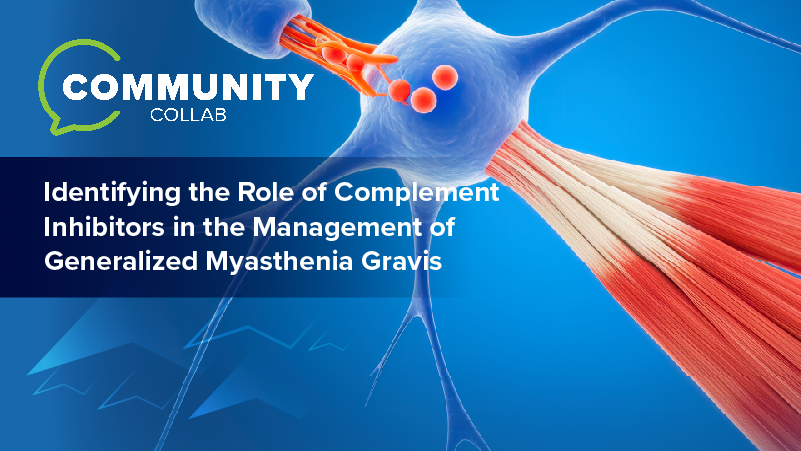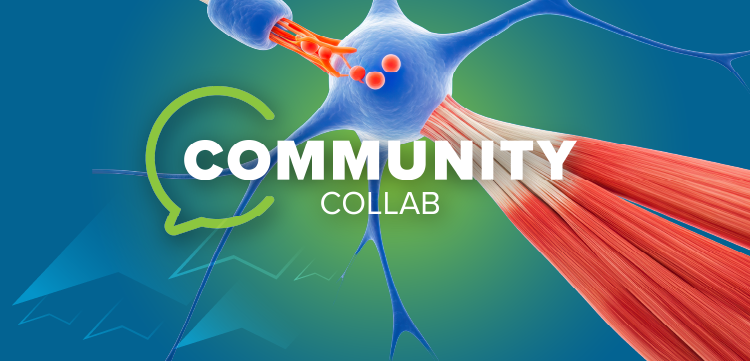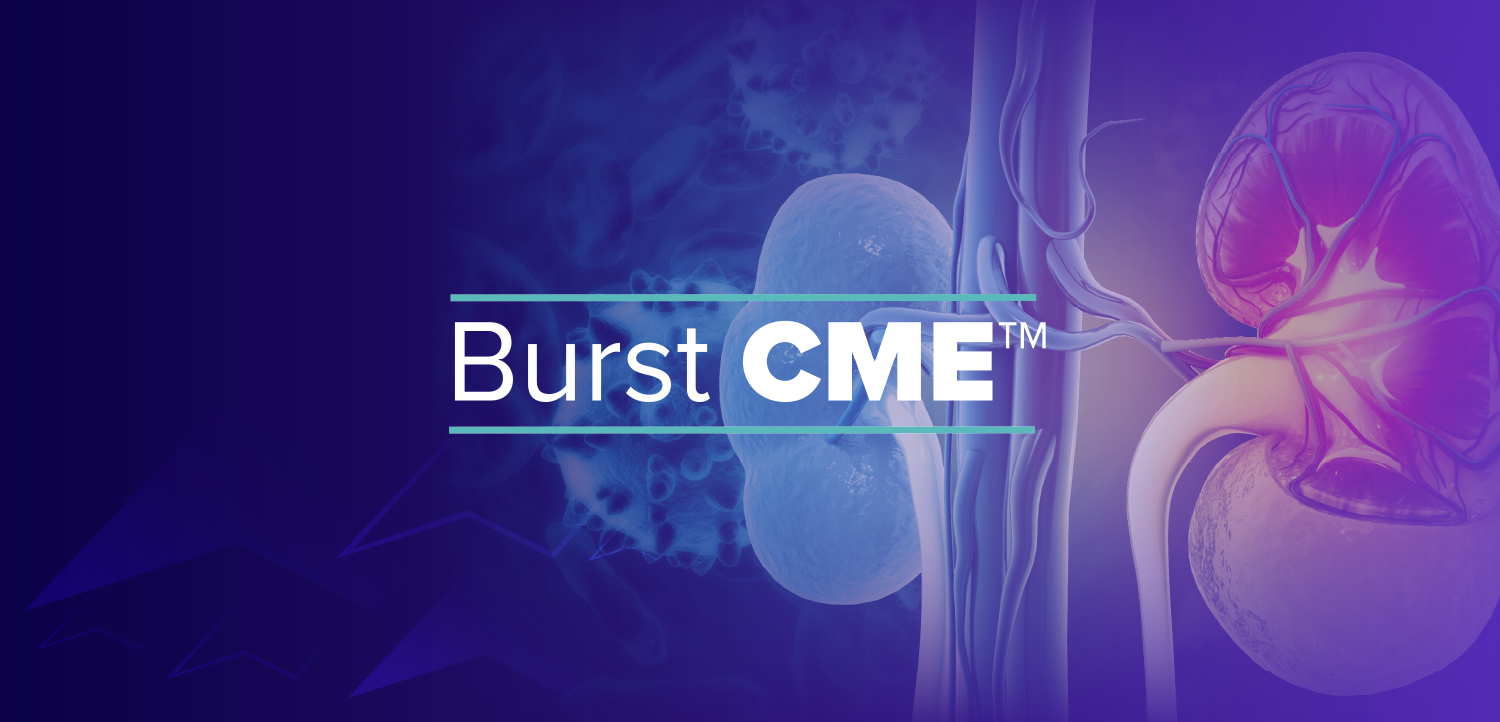
FDA Denies Approval for Friedreich Ataxia Agent Vatiquinone, Citing More Efficacy Needed
Key Takeaways
- The FDA issued a complete response letter for vatiquinone, requiring more evidence of efficacy for Friedreich ataxia treatment approval.
- Vatiquinone showed significant effects on specific subscales in trials but failed to meet the primary endpoint, necessitating further studies.
PTC Therapeutics faces FDA setback for vatiquinone, a potential Friedreich ataxia treatment, requiring further studies to demonstrate efficacy.
The FDA has handed PTC Therapeutics a complete response letter (CRL) for its investigational therapy vatiquinone, a first-in-class selective inhibitor of 15-lipoxygenase (15-LO), as a new treatment for both pediatric and adult patients with Friedriech ataxia (FA), a rare neuromuscular condition. In the CRL, the agency noted that the evidence of efficacy was not substantial enough for vatiquinone, and that another well-controlled study would be needed to support new drug application (NDA) resubmission.
"We are of course disappointed by the FDA's decision to not approve vatiquinone," Matthew B. Klein, MD, chief executive officer at PTC, said in a statement. "We believe the data collected to date demonstrate that vatiquinone could provide a safe and effective therapy for both children and adults living with Friedreich's ataxia. We plan to meet with the FDA to discuss potential steps to address the issues raised in the CRL."
Vatiquinone was aiming to become the second marketed treatment for FA, second to Biogen’s omaveloxolone, an FcRn inhibitor, which gained green light in early 2023 for patients 16 years and older with FA. The 2 therapies have slightly different functions: Vatiquinone primarily works by reducing oxidative damage and ferroptosis, aiming to preserve mitochondrial integrity and neuronal survival in FA, whereas omaveloxolone enhances the body’s endogenous antioxidant and anti-inflammatory defenses, improving mitochondrial energy production and reducing oxidative stress.
Vatiquinone’s NDA,
READ MORE:
In addition to MOVE-FA, the NDA included 2 long-term trials of pediatric and adult patients with FA, both of which met their primary end points, demonstrating statistically significant impacts on disease progression. Compared with natural history cohorts from the Friedreich Ataxia Clinical Outcome Measures disease registry, treatment with vatiquinone resulted in a 3.7-point benefit in mFARS (P <.001; n = 70) at 144 weeks, representing a clinically meaningful 50% slowing of disease progression.
Vatiquinone was considered more effective in the open-label study of adults with FA. After 24 weeks of treatment with the therapy, participants reported a 4.8-point benefit on mFARS relative to natural history populations (P <.0001; n = 41). Above all, the treatment continued to show a safety profile that was well tolerated, with no serious treatment-related adverse events reported.3
At the
A
"The clinical study results confirm that the CYP3A4 enzyme plays an important role in vatiquinone metabolism and the effect on vatiquinone PK when coadministered with a potent CYP3A4 inhibitor or inducer,” coauthor Lee Golden, MD, chief medical officer at PTC, and colleagues, wrote. “Additional work was performed to understand the impact of moderate CYP3A4 inhibitors and inducers on vatiquinone exposures via physiologically based pharmacokinetic modeling and will be presented elsewhere."
REFERENCES
1. PTC Therapeutics receives complete response letter for vatiquinone NDA. News release. PTC Therapeutics. August 19, 2025. Accessed August 19, 2025. https://www.prnewswire.com/news-releases/ptc-therapeutics-receives-complete-response-letter-for-vatiquinone-nda-302533332.html
2. PTC Therapeutics announces topline results from vatiquinone MOVE-FA registration-directed trial. News release. May 23, 2023. Accessed August 19, 2025. https://www.prnewswire.com/news-releases/ptc-therapeutics-announces-topline-results-from-vatiquinone-move-fa-registration-directed-trial-301832658.html
3. PTC Therapeutics announces positive results from long-term treatment studies and updates on regulatory progress for vatiquinone Friedreich ataxia program. News release. PTC Therapeutics. Accessed August 19, 2025. https://www.prnewswire.com/news-releases/ptc-therapeutics-announces-positive-results-from-long-term-treatment-studies-and-updates-on-regulatory-progress-for-vatiquinone-friedreich-ataxia-program-302269891.html
4. Lynch D, Duquette A, França MC, et al. Improvement in upright stability subscale of mFARS with vatiquinone treatment in MOVE-FA: a phase 3, double-blind, placebo-controlled trial. Presented at: 2024 MDA Clinical & Scientific Conference; March 3-6, 2024. Poster S80.
5. Lee L, Thoolen M, Ma J, Kaushik D, Golden L, Kong R. Effect of itraconazole, a CYP3A4 inhibitor, and rifampin, a CYP3A4 inducer, on the pharmacokinetics of vatiquinone. Clin Pharmacol Drug Dev. 2024;13(12):1283-1290. doi:10.1002/cpdd.1461
Newsletter
Keep your finger on the pulse of neurology—subscribe to NeurologyLive for expert interviews, new data, and breakthrough treatment updates.





















